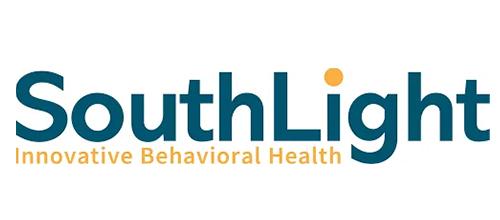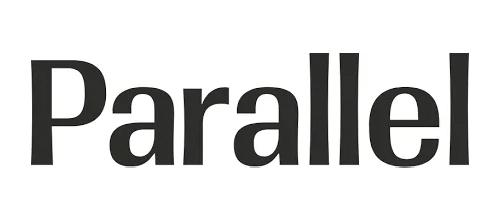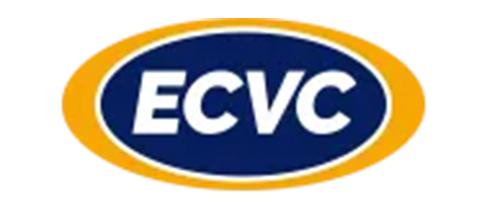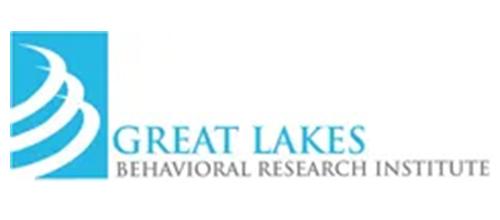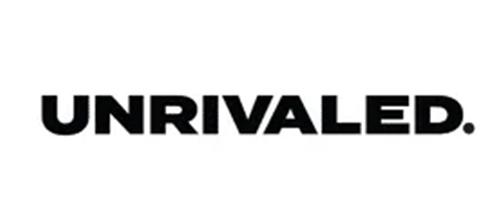
47% of organizations have HR software that is over seven years old.
Archaic software is often pieced together accompanied with an old-school user experience that results in inaccurate data and low levels of user adoption.
HR may have become numb to the inefficiencies and extra administrative work required with managing older systems, as this is most likely the way things have always been at an organization. Switching to a new HCM solution means migrating years of data, setting up and defining processes, training managers, and helping employees navigate a new system- enough to make HR howl.
We’ll be honest with you, implementing a new HCM system is no easy feat. It’s a project that consumes resources and time, but once complete, the benefits to both your people and bottom line are immense. However, many organizations remain reluctant to invest in such a change for these three common reasons:
“We’ve used our current solution for years and it gets the job done. We can stick it out a little longer.”

Sure, the system you have in place is good enough, but how much time is HR spending manually entering data, building reports, and filing open positions from a high level of turnover? Is your current platform engaging employees and driving people productivity? Employee Benefit News (EBN) reports that turnover alone costs employers $15,000 per employee. Don’t wait too long to invest or you’ll be playing catch up with your competition.
“Now isn’t the right time. Maybe next year.”

It’s always the right time to be thinking about how to enhance the employee experience, drive engagement levels, and boost productivity throughout your organization. The start of a new year is absolutely an awesome time to start off the year fresh, but the beginning of any quarter, specifically during open enrollment, is also a great time.
“It’s not in the budget. New technology is just too expensive.”

There is the assumption that next generation HCM solutions come with a hefty price tag. A solution with better functionality, employee engagement tools, and reporting functionality will probably cost more than what you’re currently paying for a basic HR, Payroll, and Timekeeping solution, but organizations with newly upgraded HR systems actually see a cost savings of 22% per employee. Solutions that are developed and supported by one partner don’t have to pay for licenses or outsourced support which helps to control costs and stay competitive.
Switching to a new HCM solution that pushes your organization forward doesn’t have to be a complete nightmare. Check out review sites like Software Advice, research the latest HR technology trends, and don’t be afraid to speak with a consultant to help make the decision and transition process a little less scary.
Psst: Our newsletters are basically
HR cheat sheets, delivered to
your inbox
Find daily inspiration and get tips for your day
Network with us on LinkedIn
Love tips and the occasional freebie?
Like us on Facebook
On the count of 3,
get ready to
say cheese!
We’re on Instagram
The best 280 characters you’ll ever read
Follow us on Twitter
Watch demos, learn features and much more
Subscribe to our channel





